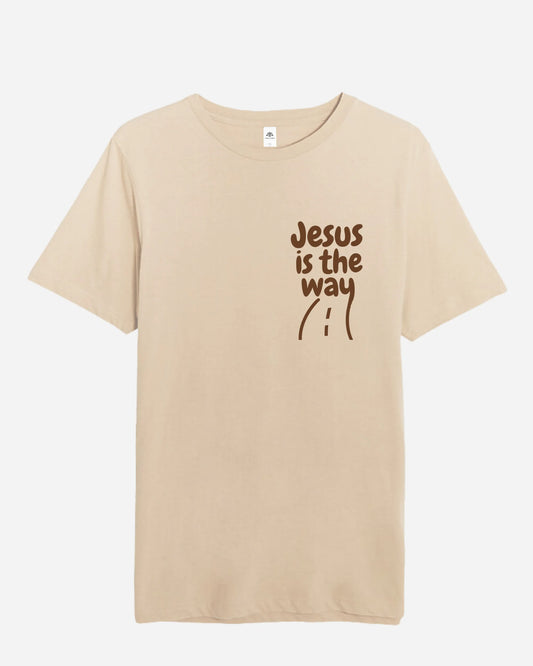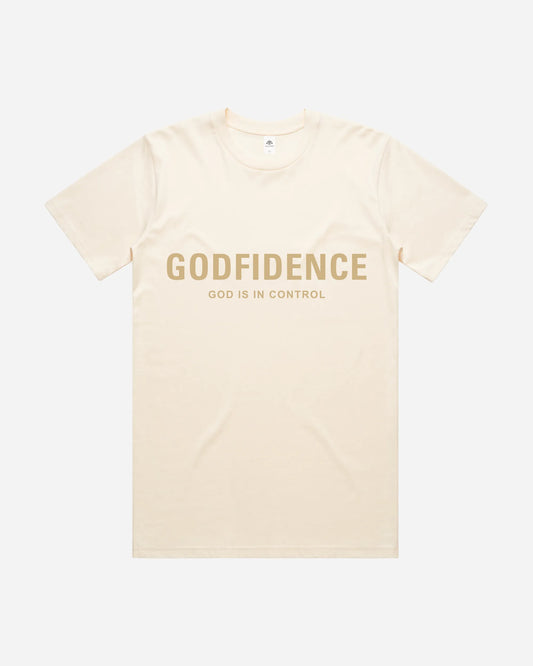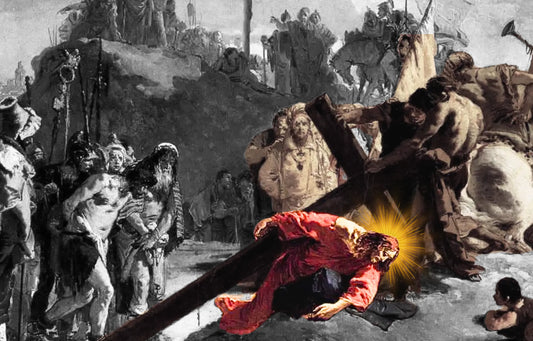The Christian cross is the central symbol of Christianity, representing Jesus Christ’s crucifixion around AD 30–33 and his resurrection. Over 2.3 billion Christians worldwide recognize it as a sign of faith, salvation, and sacrifice according to Pew Research Center (2020). Discover the history, meaning, and variations that define its global significance.
What the Jesus Cross Represents
The cross was a Roman execution device designed for psychological terror. Crucifixion was reserved for enslaved people, rebels, and enemies of Rome (Josephus, Jewish War 5.451–552).
In Paul’s epistle, he calls the message of the cross “foolishness to Gentiles and a stumbling block to Jews” (1 Corinthians 1:23, NRSV). The earliest Christians did not venerate the cross as décor. They proclaimed it as divine reversal shame turned into salvation.
Major Atonement Interpretations (Stated Simply)
- Christus Victor: Jesus defeats sin and death (Irenaeus, Against Heresies 5.21.1).
- Substitutionary Atonement: Christ carries humanity’s guilt (Isaiah 53; articulated later by Anselm in Cur Deus Homo, 1098).
- Ransom View: Christ frees humanity from bondage (Mark 10:45).
- Moral Transformation: The cross renews the human heart (Abelard, 12th century).
None of these stand alone, they form a theological mosaic rather than a single equation. Without resurrection, the cross is tragedy, not triumph (1 Corinthians 15:17). Early Christians centered both events together as one redemptive movement.
Cross vs. Crucifix: Theological Distinctions Without Tribalism
A cross displays the structure. A crucifix includes the body of Christ (corpus).
| Tradition | Common Visual | Emphasis |
| Roman Catholic | Crucifix | Christ’s sacrifice |
| Eastern Orthodox | Crucifix + inscriptions (IC XC NIKA) | Christ’s victory over death |
| Protestant | Empty cross | Resurrection and finished work |
Theological focus varies, but none are inherently contradictory.
The Most Influential Cross Types
Latin Cross
The most common Christian symbol. Popularized after AD 431 following the Council of Ephesus, when Christology became more publicly codified. Its longer vertical beam emphasizes God’s descent toward humanity, making it a visual statement of incarnation.
Greek Cross
Equal arms symbolize divine balance and cosmic harmony. It became a dominant form in Byzantine church architecture, mosaics, and imperial insignia after AD 330, when Constantinople became the epicenter of Eastern Christianity.
Orthodox Cross
A three-bar cross: the top beam represents the titulus inscription placed over Christ (John 19:19), the center beam carries the arms, and the slanted footrest reflects the two thieves crucified beside Jesus. The upward tilt (traditionally left-to-right) symbolizes the repentant thief rising toward paradise, while the downward side represents rejection (Luke 23:39–43).
The Cross Before Christ: Pre-Christian Symbolism
The cross did not originate with Christianity. Long before Christ, variations of the cross appeared in civilizations as a symbol tied to cosmology, divinity, life, and power, not redemption.
Egypt: The Ankh (☥)
The ankh predates Christianity by over 2,000 years and symbolized life and immortality. Frequently held by gods in Egyptian art, it represented divine authority over life and death (Pinch, Egyptian Mythology, 2002).
Mesopotamia: Celestial Order
Cross-shaped motifs appear in Sumerian and Babylonian star maps, often representing the four directions or cosmic structure (Black & Green, Gods, Demons and Symbols of Ancient Mesopotamia, 1992).
India: The Swastika (Svastika)
One of the oldest cross forms, appearing by 2000–1500 BC in the Indus Valley. Universally symbolic of well-being and eternity in Hindu, Buddhist, and Jain traditions. The modern misuse of the symbol in the 20th century radically obscured its ancient meaning.
The Cross Symbol Historical Timeline
71 BC — Crucifixion enters mass public spectacle
After the Spartacus revolt, Rome crucified 6,000 rebels along the Appian Way. This cemented crucifixion as a tool of state terror, not symbolism.
AD 30–33 — Crucifixion of Jesus in Judea
Jesus is executed under Pontius Pilate, likely in Jerusalem, by Roman crucifixion reserved for enemies of the state, not citizens.
AD 50–60 — Earliest Christian writings
Paul’s letters are the first New Testament texts. He frames the cross as shame turned to glory (1 Cor 1:18), not an art symbol or holy icon.
AD 64–313 — Persecution era (Cross avoided in imagery)
Christians rarely depict the cross. Symbols like the fish (Ichthys), anchor, and shepherd were safer and less offensive than a death device.
AD 200–300 — First hidden cross references
- The Alexamenos Graffito (c. AD 200) mocks a Christian worshiping a crucified figure (earliest visual reference to Jesus on a cross).
- The staurogram (⳨) appears in manuscripts as a shorthand for the cross, not a decorative symbol.
AD 312 — Constantine reports a cross vision
Before the Battle of the Milvian Bridge, Constantine claims a vision of a cross with “In this sign, conquer.” The cross shifts from shame symbol to military standard (labarum).
AD 325 — The cross enters mainstream Christianity
Post-Nicaea, Christianity gains imperial legitimacy. The cross begins appearing in public art, churches, and state insignia.
AD 326 — “Discovery” of the True Cross (tradition)
Helena, Constantine’s mother, is traditionally credited with finding Jesus’ cross in Jerusalem. Relics spark pilgrimage culture and cross veneration.
4th–5th Century — Crucifix emerges in art
Early crosses were empty (resurrection focus). By the 5th century, Jesus’ body begins appearing in imagery, evolving into the crucifix.
AD 692 — Orthodox art mandate
The Quinisext Council requires Christ to be depicted in human form rather than symbolic lamb imagery, further solidifying the crucifix tradition in the East.
AD 800–1200 — Cross saturation in Europe
- Cross imagery dominates cathedrals, manuscripts, and public life.
- The shape becomes a geo-political marker, not just a spiritual one.
AD 1095–1291 — Crusades
The cross becomes militarized on shields, flags, and armor. Its meaning splits: sacred to some, imperial threat to others.
AD 1517 — Protestant Reformation
Reformers retain the cross but reduce emphasis on crucifixes, relics, and physical veneration. The empty cross becomes the default Protestant symbol.
18th–19th Century — Global missions era
Cross imagery spreads worldwide through European and American missions. It becomes both a faith symbol and a cultural identifier, for better and worse.
20th Century — From sacred to social symbol
The cross appears in civil rights movements, pop culture, fashion, and politics. Meaning expands beyond church walls, often detaching from theology.
21st Century — The cross is globally recognized
Today it is:
- the world’s most identifiable religious symbol,
- worn by billions culturally and devotionally,
- and interpreted at the intersection of faith, identity, history, and controversy.
Why the Cross Is Psychologically Unforgettable
A Symbol That Mirrors Human Reality
The cross maps intuitively onto:
- vertical (God, transcendence)
- horizontal (humanity, community)
Psychologists note that “simple forms become carriers of complex narratives” (Jung, Symbols of Transformation, 1956). The cross compresses an entire worldview into two intersecting lines.
Cognitive Stickiness
Cognitive science shows symmetrical shapes are easier to remember and emotionally process (Palmer, Vision Science, 1999). The cross’s geometry aids recall, meaning, and ritual adoption.
The Cross in Worship
Embodied Liturgical Action
The cross moved from symbol to practice early. One of the oldest descriptions comes from Tertullian in AD 211, who wrote that Christians marked themselves with the sign of the cross repeatedly throughout the day (De Corona 3.3).
Cyril of Jerusalem (AD 348) urged believers to make the sign “on the forehead, and on everything” (Catechetical Lectures 13.36).
By the 4th century, the gesture was fully embedded in baptismal rites, prayer, exorcisms, and Eucharistic liturgy (Athanasius, On the Incarnation, AD 318).
Symbol vs. Superstition
Early theologians guarded against sacred object misunderstanding. Augustine (c. AD 397) warned that sacred signs become harmful if treated as magic rather than meaning (On Christian Doctrine 3.9.13).
John Chrysostom (AD 407) echoed this, teaching that the cross protects not by being drawn in the air, but by being believed in the heart (Homilies on Matthew 54.4).
The Cross Core Ethical Outcomes
The cross is a blueprint for action, not a badge of sentiment. It demands results that run counter to instinct: absorbing harm without revenge, leading without dominating, and loving without leverage.
| Ethic | Rooted In | What it Demands | How it Upsets the Human Default |
| Forgiveness that costs | Luke 23:34 | Release the offender without requiring return, witness, or remorse. | We want receipts and revenge; the cross asks for release before resolution. |
| Power without coercion | Philippians 2:5–8 | Influence through service, not force; descend before you ascend. | The world grabs status; the cross lays it down willingly. |
| Love for enemies | Matthew 5:44 | Actively seek the good of those who oppose you. | We tolerate enemies at best; the cross feeds them and prays for them. |
| Self-giving leadership | Mark 10:42–45 | Lead to lift others higher, not to rule over them. | Culture crowns the loudest; the cross crowns the lowest. |
These ethics reject the idea of strength as control. On the cross, strength is measured by what you absorb, not what you inflict. Victory is not winning the fight, it’s refusing to become what you’re fighting.
Why the Cross Endures
The cross answers:
- guilt (forgiveness)
- death (resurrection)
- shame (dignity restored)
- injustice (divine vindication)
- fear (God shares human suffering)
It requires no translation. Even illiterate cultures grasp it instantly.














